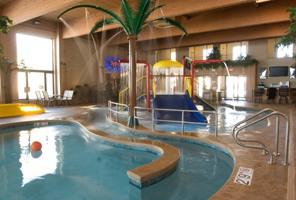If you’re like most people evaluating hardwood flooring options, you naturally tend to focus on how different woods will look as soon as they’re installed. And as our first post in this three-part series on comparing hardwood floors pointed out, wood quality (i.e., hardness, strict milling standards) is important as well.
But you should also think about how each wood you are considering will function over the years—specifically, how well the flooring will resist cupping, crowning, and gapping.
Cupping occurs when the edges of the planks become higher than the centers. Crowning happens when the centers becomes higher than the edges. Gapping is just that—spaces between the planks.
All of these conditions are due to the natural swelling and shrinking of wood because of changes in temperature and humidity. As wood gets warmer and takes on more moisture, it expands; as it cools and dries, it contracts.
Seek Stability
Each species of wood varies in its sensitivity to temperature and humidity changes, and the degree to which a wood reacts to these environmental fluctuations is referred to as stability. The more stable a wood is, the less likely it is to cup, crown, or gap.
Stability is often the key factor that motivates homeowners to choose engineered wood flooring, which is generally more stable than solid wood.
Stability is certainly not the only factor to consider in choosing hardwood flooring, but you should understand its importance and ask about it so you can make a fully informed decision.
Depend on Expertise
Professional installers gauge their installation techniques based on seasonal conditions. Wood is installed a little different in the winter than it would be in the summer. Rely on a professional with a proven track record and many, many years of experience.
A veteran installer will also address any problems related to the moisture level of the subfloor. If that level is greater than the moisture level in the wood, the wood will expand over time, so the installer will have to correct the problem if possible.
In cases where radiant floor heat is used or the installation is below ground, engineered wood is almost always the better choice, and hardwood flooring specialists can help you make that determination.
In our next post, we will conclude our three-part series on comparing hardwood floors by focusing on appearance.
Considering a winter project? Don't forget to check out our Comfort Suites getaway. Click here for details.
















